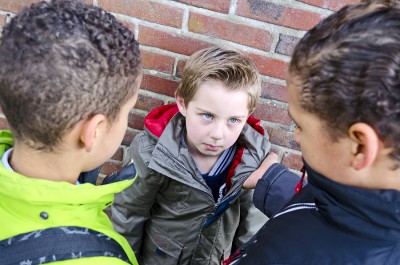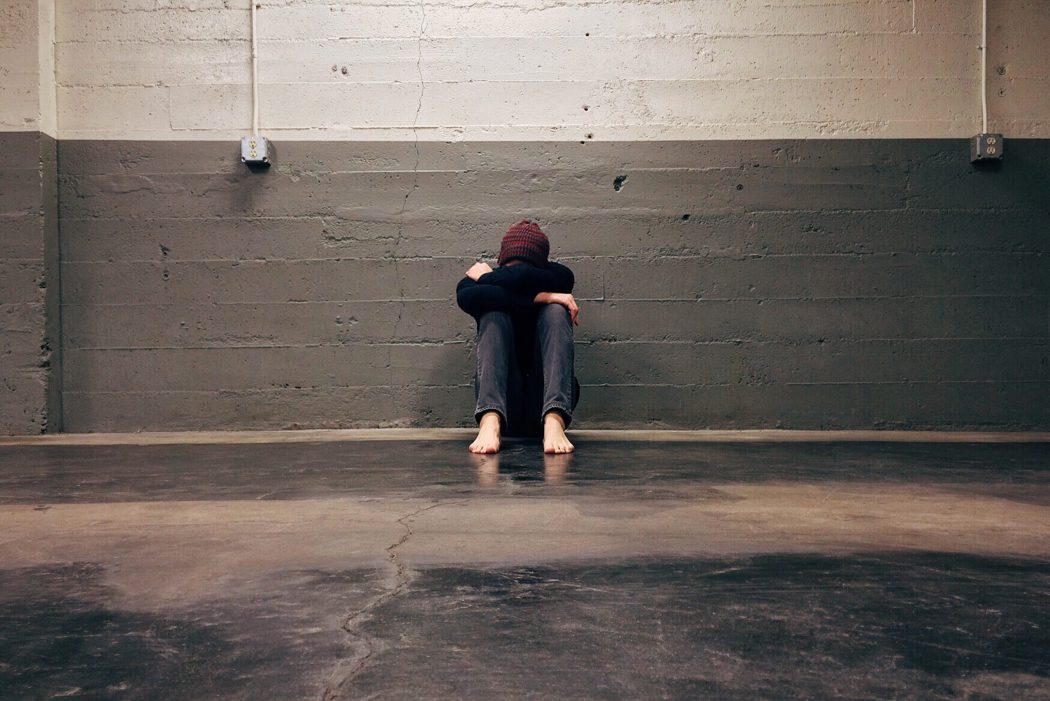
Rajbinder Grewal, Writer
When I was in kindergarten, my bibi (grandmother), would walk me to school everyday. The short distance I walked towards my classroom by myself (I was a big girl after all), was long enough for me to experience my first bullying incident. I had been pushed down by two older girls and called “paki.” My mother swiftly intervened when she found out and had made it clear to the school that this behaviour wouldn’t be accepted and that she supported her daughter and condemned the bullying. This is the most important part of the lingering memory that I have, that my mother stood up to my bullies.
Now as a mother of three myself I want to be as aware and as involved as my mother was in handling any bullying that my children may encounter. I’m trying to be aware of my role as a parent in both preventing my children from being bullied but also in how I can help them if they are.
What behaviours are considered bullying?
Understanding what bullying behaviour consists of is an important first step. Bullying can take different forms and is targeted and repeated behaviour. Some of the behaviours that children can engage in that constitute bullying include: name-calling, pushing, giggling or making faces when another child is talking, intentionally leaving kids out of games and activities, intentionally ignoring someone, tattling to get someone into trouble, and mean comments on the internet. According to Kidshelphone.ca: “Bullying can affect a person’s feelings, relationships, self-esteem and sense of safety. It can also make people feel uncomfortable in everyday situations at home, work or school. Bullying can come in many different forms including: Physical bullying: harassing someone by hitting, shoving, tripping or any other use of physical force, emotional or psychological bullying: harassing someone with verbal attacks, hurtful comments, name-calling or teasing, cyberbullying: harassing someone over social media, text, email, websites and other digital channels, social bullying: harassing someone by excluding them, spreading rumours or giving them “the silent treatment” and discriminatory bullying: harassing someone based on sexual orientation, ethnicity, gender identity, religion or anything else perceived as making them “different.”
What can parents do to help:
- Be proactive: start talking to your kids about bullying and what it is, and do it often. The start of a school year or a change in schools is a great time to have the discussion but don’t forget to bring it up regularly throughout the school.
- Listen: Actively listening to our kids with our full attention is an important step. Follow up by engaging with questions such as “how often has this been happening?”, “how long has it been going on?”, “where does it happen?”, and “how does it make you feel?”

- Condemn the behaviour – let your child know that you are not ok with any kind of bullying behaviours towards them or towards anyone.
4. Report the bullying: Once you know about any bullying behaviour it is important that you tell the other adults in your child’s life about it. That includes teachers, principals and coaches. Speaking to them calmly with an approach that together you can help to work to resolve the bullying also models healthy relationships to our children which our kids need within their community.
- Assertive, not aggressive: As parents, our first reaction can be to tell our kids to “fight back”. We want to teach our children to be able to stand up for themselves, but meeting aggression with aggression can often make the situation worse. Instead focus on teaching your child to be assertive by using phrases such as “STOP!” and also by walking away and reporting the bullying to an adult. By putting them in control of the situation by being assertive we are empowering our children.
- Self esteem: the unfortunate reality is that as parents we can’t prevent bullying, but we can try to minimize the effects of it on our kids. We can help build self-esteem in our children by having them develop and learn new skills by joining sports, teams, clubs and different activities that they enjoy.

- Friend groups: as parents it is important for us to be aware of who our kids are friends with. This is not so we can be overbearing and controlling but rather to help them foster and learn what healthy, positive relationships should be. We can help them build a diverse network of friends and having friend groups outside of school, such as in sports or different activities and teams is important. This gives them some security that if one friend group is failing them, then they have others that they can spend time with.
- Bystanders: our children have an important role to play as bystanders as well. It is also our responsibility to teach our kids to act when they see bullying behaviour such as telling an adult and standing up for the bullied child. It is also important to try to help them understand the difference between tattling and standing up for someone.
Parenting is full of challenges, and we want to do our best to protect our children. By actively being involved in reporting bullying and discussing it with our kids, we are helping to teach them how to deal with bullying as they grow into adulthood and giving them the tools they will need to navigate it on their own one day.
References: Bullying Canada and Peel Region School board



There are no comments
Add yours